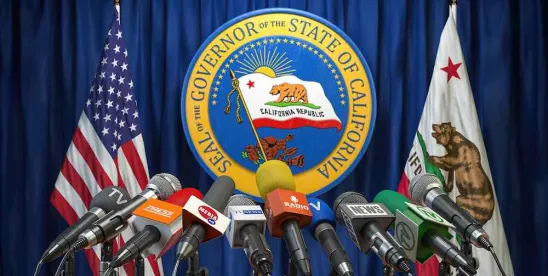On June 30, 2025, California Gov. Newsom approved a bill (SB 131) aimed at increasing housing supply and strategic economic development. The bill has sparked controversy among some groups. Critics view it as a rollback of environmental protections under the California Environmental Quality Act (CEQA), which is California’s version of the federal National Environmental Policy Act (NEPA) – also called “little NEPA.” However well-intentioned CEQA was when originally passed, critics assert that over the years it may have led to unintended consequences, such as delays in approval of crucial projects and housing. Overall, the CEQA amendments shift the responsibility to the lead agency to determine whether the project is exempt from CEQA requirements.
California’s move may lead calls for New York to reexamine its own little NEPA, known as the State Environmental Quality Review Act (SEQRA) (ECL Article 8). While regulations implementing SEQRA include exemptions for non-discretionary decisions, commonly known as Type II actions, the regulations have not been substantially amended since 2018. Earlier this year, the Department of Environmental Conservation (DEC) proposed amendments to its SEQRA regulations (6 NYCRR Part 617), which are due to be finalized this year and include adding certain multi-family housing developments to the Type II list of exempt actions.
Although the CEQA process is different from SEQRA, these statutes, along with the Massachusetts Environmental Protection Act (MEPA), are the most rigorous of the state equivalents to NEPA laws. California’s broadening of exemptions in the areas of housing and infrastructure might serve as a conversation starter in New York. Amendments to CEQA include an update to infill guidelines and several relevant exemptions:
- Day care center, federally qualified health center or a rural health clinic, nonprofit food bank, or food pantry (CA Public Resource Code 21080.69 (a)(2))
- Advanced Manufacturing (CA Public Resource Code 21080.69 (a)(4))
- High-speed rail (CA Public Resource Code 21080.70)
- Rezonings (CA Public Resource Code 21080.085)
For the advanced manufacturing exemption, the project must be located on a site zoned exclusively for industrial uses. The definition of “project” is broadly linked to advanced transportation technologies or alternative sources. (See CA Public Resource Code 26003 (1), (2), and (7)). This exemption is narrowly crafted to strike a balance between advancing technologies and environmental protections.
New York Already Requires Balancing Social, Economic, and Environmental Factors
A key legislative intent of SEQRA is its instruction that agencies balance consideration of environmental effects with social and economic factors when decision makers are reviewing actions.
It is the intent of the legislature that the protection and enhancement of the environment, human and community resources shall be given appropriate weight with social and economic considerations in public policy. Social, economic, and environmental factors shall be considered together in reaching decisions on proposed activities. (ECL § 8-0103 (7)).
There are several examples of State agencies and the legislature considering these factors in policy making. For example, 6 NYCRR Part 617 already includes certain exemptions from environmental review for installation of solar arrays, and construction and operation of an anaerobic digester. These exemptions reflect a policy promoting a balance between advancing renewable energy development with the need for environmental review. Other exemptions such as emergency actions or actions of the legislature reflect consideration of social factors. Additionally, pursuant to 6 NYCRR Part 617.5(b), certain agencies and authorities such as the Department of Transportation, Thruway Authority, Metropolitan Transportation Authority, and New York Power Authority, through regulations, have developed their own Type II lists of SEQRA-exempted actions. These actions allow the State to advance critical projects in appropriate timeframes. Further, in some instances the legislature has already excluded some agency decisions. (See PAL § 1266 and PSL §144).
California’s recent actions may open the door for New York’s environmental regulator to evaluate and consider additional amendments to its Type II list of SEQRA-exempt actions, or for the legislature to revise the SEQRA statute itself, to ensure that the balancing of social, economic, and environmental factors promised in the language of the statute itself is appropriately implemented. This year marks the 50th anniversary of SEQRA’s enactment, and that anniversary may be an appropriate time for New York decisionmakers to evaluate if changes are needed to ensure New York is equipped to address the various challenges it faces in housing and economic development.




 />i
/>i
